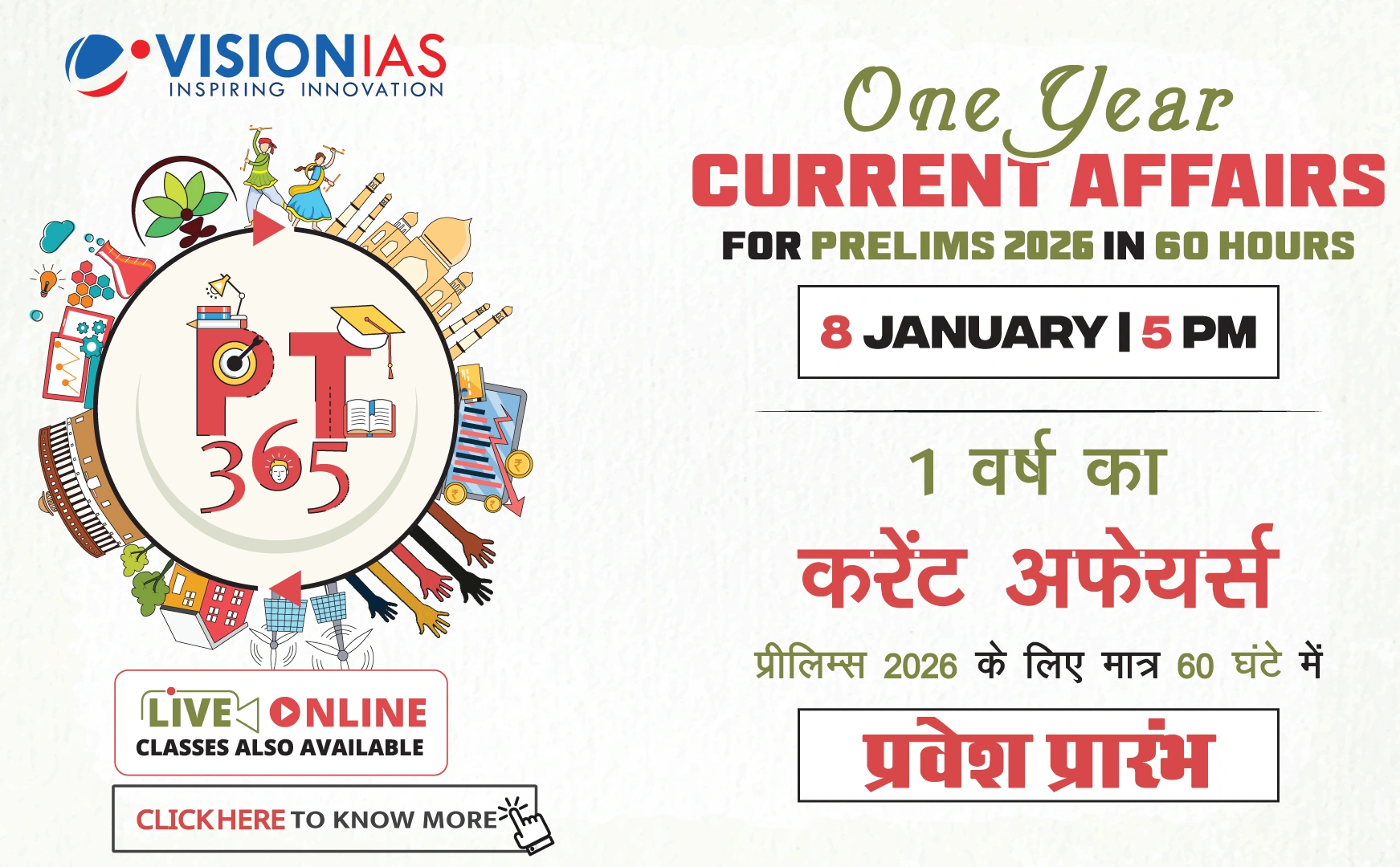Introduction to Regulatory Reforms
The Reserve Bank of India (RBI) and the Securities and Exchange Board of India (SEBI) have issued new frameworks for publishing regulations, aimed at enhancing transparency and accountability. These reforms are crucial since both regulators have quasi-legislative powers granted by Acts of Parliament.
Key Features of the Reforms
- The RBI will conduct "impact analyses" for new or amended regulations.
- SEBI will clarify the "regulatory intent and objectives" of its regulations.
- Both regulators will invite public comments for 21 days and review their regulations periodically.
Recommendations for Further Improvements
- Regulators should clearly define the economic rationale for their interventions.
- Implement mechanisms to ensure accountability for reviews and responses to public comments.
Need for Economic Rationale
The Financial Sector Legislative Reforms Commission (FSLRC) recommended laws be defined by their economic purpose. Currently, RBI and SEBI lack explicit requirements to provide economic rationales or identify market failures in their regulations.
Examples from Other Jurisdictions
- In the U.S., regulators conduct cost-benefit analyses to ensure minimal societal burden and explore alternatives.
- The EU's Better Regulation Framework includes impact assessments and monitoring mechanisms.
Challenges in Consultative Regulation
Historically, opportunities for public feedback on regulations by RBI and SEBI have been limited. For instance, between June 2014 and July 2015, RBI sought public comments on only 2.4% of its circulars. This needs improvement to ensure stakeholder engagement.
Strengthening Accountability
- Report annually the number of public consultations, accepted and rejected suggestions, and the impact of public feedback.
- Define review intervals for regulations to assess their effectiveness.
Conclusion
While initial steps toward good regulatory practice are commendable, challenges such as limited state capacity and piecemeal reforms remain. A law similar to the Administrative Procedure Act in the U.S. could standardize procedures for all regulators in India, promoting institutional transparency and accountability.



